


Red Mite and Northern Fowl Mite
Introduction
Arachnid mites, which are external parasites of chickens and turkeys. Dermanyssus gallinae, the Common Red Mite, feeds by sucking blood, mainly at night and may transmit fowl cholera and other diseases. Ornithonyssus bursae, the Northern Fowl Mite spends its entire life cycle on the bird and can multiply more rapidly as a result.
Signs
- Presence of grey to red mites up to 0.7 mm.
- Birds restless.
- May cause anaemia and death in young birds. Loss of condition.
- Pale comb and wattles.
- Drop in egg production.
- Spots on eggs.
- Staff complaints - itching.
Post-mortem lesions
- Anaemia.
Diagnosis
Number and type of mites identified. However keep in mind that the majority of the population of Dermanyssus is in the environment so it is necessary to monitor infection levels on feeder tracks, in nest boxes, cracks, crevices etc.
Treatment
Pyrethroids, organophosphates, carbamates, citrus extracts, vegetable oil and mineral-based products (both liquid sand dusts) have been used to control red mites in the environment. For northern fowl mite it is essential to apply approved insecticides to the affected birds.
Prevention
Thorough cleaning, fumigation and insecticide treatment at turnaround. Filling of cracks and crevices, and good design of new equipment to limit harbourages for red mites. Effective monitoring of mite numbers and implementation of control measures before birds are heavily infested improves control.







